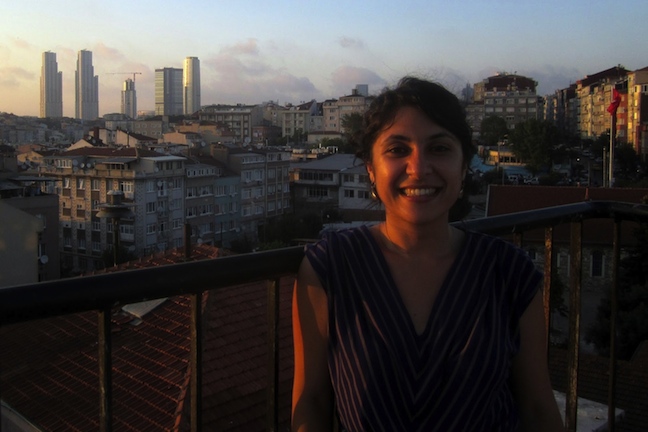The interwar period is recognized as a time in which the figure of the peasant took on incredible symbolic meaning worldwide within various political ideologies, nationalist or otherwise. In Republican Turkey, fostering links between the differentiated Anatolia countryside and urban centers was viewed as a critical component of a state-building project led by statesmen who were influenced by the work of early nationalist intellectuals such as Ziya Gökalp. The establishment of cultural centers (halk evleri) and schools in the villages of Turkey are examples of how the government sought to engender a sense of belonging to a Turkish nation among Anatolian villagers. However, the flipside of this process was that it also required urbanites in Istanbul and Ankara to become acquainted with their rural compatriots. Efforts to spread knowledge about the various regions of Anatolia throughout Turkey can be seen in projects such as the compilation of Turkish folk songs published as Yurttan Sesler.
Episode #114 of Ottoman History Podcast, entitled “Painting the Peasant in Modern Turkey,” features Seçil Yılmaz discussing another prominent example of state-sponsored attempts to build links between the city and the countryside in Turkey. In 1938, the Turkish government began funding journeys of professionally trained artists from Istanbul to various locales in the Anatolian countryside so that these painters might create artistic depictions of the new Turkish nation, with emphasis on its village component. Over the course of five years, dozens of artists were dispatched to every corner of Anatolia in order to bring back paintings of peasants. Even the newly-incorporated territory of Hatay and the province of Tunceli, which had recently been the site of massacres and the displacement of tens of thousands of people at the hands of the Turkish military, were part of this project. The paintings were intended to be displayed in Ankara and Istanbul, so that the urban elite might become acquainted with parts of the country that had rarely been depicted in fine art.

[Seçil Yılmaz, July 2013, Kurtuluş, Istanbul. Photo via Ottoman History Podcast blog.]
Yet, as Yılmaz explains, immense divergences between theory and practice emerged. Many of the paintings yielded by the project did not conform to governmental expectations. While many were hoping painters would bring back romantic or classicized representations of the countryside, they were instead often met with complex or realistic portrayals heavily influenced by cubist and constructivist styles that these artists became acquainted with during their education in Istanbul, as well as parts of Europe such as Paris and Berlin. For example, Abidin Dino, one of the most well-known figures in modern Turkish art and a member of D Group, replied to his critics as follows:
“There had been people who painted on Anatolia village and villager themes before. But in these paintings, the villagers were healthy, the villages were pristine (tertemiz)…They were beautiful and decorative to the degree that they were unrealistic paintings. As for me, I drew the poor, sick, malaria-stricken villagers that I saw.”
While the Turkish government put tremendous effort into planning and funding these journeys, many of the paintings and writings of these artists were ultimately censored or lost. In 1943, after five years of artistic expeditions, the project came to a close due to funding issues and decreasing interest on the part of both statesmen and artists alike. The paintings were scattered, forgotten, or damaged; many artists never knew what happened to their works, which would turn up in surprising locations over the following decades. However, what this project did produce was a new generation of Turkish painters with a shared experience. These artists would go on to development the Turkish art scene, albeit with an increasingly urban focus, over the subsequent decades.
Some of the paintings produced by this experiment, which were published by the Millî Reasürans Art Gallery in Istanbul, can be viewed in an album on Ottoman History Podcast’s Facebook page, where there are also links to more pictures and information about these artists who participated. Additional information and more episodes of Ottoman History Podcast can be found in the blog.
Contributor Bios
Chris Gratien is the editor and co-host of Ottoman History Podcast and a doctoral candidate in the Department of History at Georgetown University researching the social environmental history of Ottoman Anatolia and Syria.
Seçil Yılmaz is a doctoral candidate at City University of New York researching medicine and disease during the late Ottoman period.
Samuel Dolbee is a doctoral candidate at New York University researching disease and infrastructure in the Middle East during the late Ottoman and interwar periods as well as co-editor of the primary source blog Tozsuz Evrak.
Listen to Episode #114 of Ottoman History Podcast with Seçil Yılmaz entitled “Painting the Peasant in Modern Turkey"
MP3 File